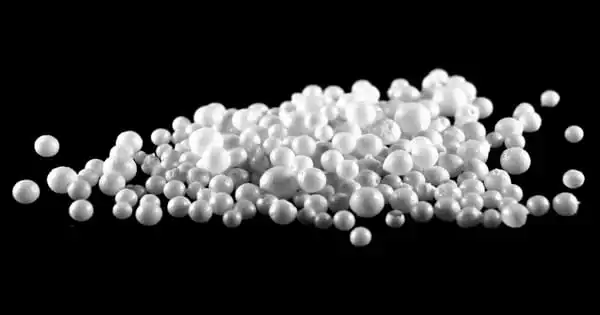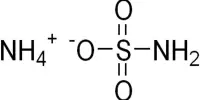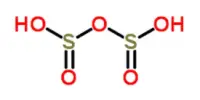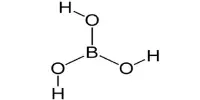Aluminium oxide is a chemical compound composed of aluminum and oxygen with the formula Al2O3. It’s a crystalline powder that’s white and odorless. It is the most frequent of numerous aluminium oxides and has been designated as aluminium(III) oxide. It is typically referred to as alumina, however it can also be referred to as aloxide, aloxite, or alundum depending on its form or application.
It occurs naturally as the mineral corundum in its crystalline polymorphic phase -Al2O3, variants of which create the precious gemstones ruby and sapphire. Al2O3 is important in the production of aluminum metal, as an abrasive due to its hardness, and as a refractory material due to its high melting point. It has an amphoteric character and is employed in a variety of chemical, industrial, and commercial applications. It is considered an indirect additive used in food contact substances by the FDA.
Natural occurrence
Corundum is the most prevalent crystalline form of aluminium oxide found in nature. Rubies and sapphires are gem-quality varieties of corundum that get their distinctive colors from trace impurities. Traces of chromium give rubies their distinctive deep red color and laser characteristics. Sapphires come in a variety of colors due to impurities such as iron and titanium. Deltalumite is a mineral that occurs in an exceptionally rare and δ form.
Properties
It is an electrical insulator but has a relatively high thermal conductivity (30 Wm-1K-1) for a ceramic material. Aluminium oxide is insoluble in water. In its most commonly occurring crystalline form, called corundum or α-aluminium oxide, its hardness makes it suitable for use as an abrasive and as a component in cutting tools.
- Molecular Weight/ Molar Mass: 101.96 g/mol
- Density: 3.95 g/cm³
- Boiling Point: 2,977 °C
- Melting Point: 2,072 °C
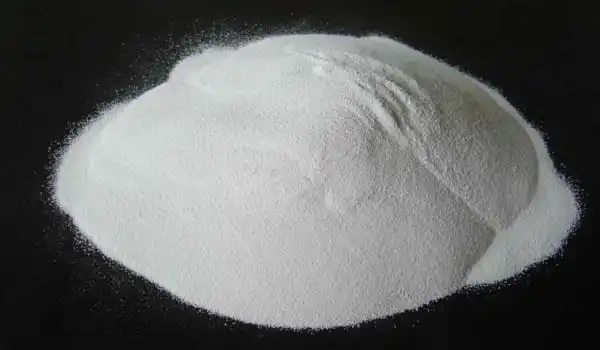
Aluminium oxide is responsible for metallic aluminium’s resilience to weathering. Metallic aluminum is particularly reactive with ambient oxygen, and a thin passivation layer of aluminium oxide (4 nm thickness) forms on any exposed aluminium surface in a matter of hundreds of picoseconds. This layer shields the metal from further oxidation. The thickness and qualities of this oxide layer can be improved by a process known as anodising. A variety of alloys, such as aluminium bronzes, take use of this trait by incorporating a proportion of aluminium in the alloy to improve corrosion resistance. Anodised aluminium oxide is normally amorphous, but discharge assisted oxidation techniques such as plasma electrolytic oxidation result in a high amount of crystalline aluminium oxide in the coating, increasing its hardness.
Production
Aluminium hydroxide minerals are the main component of bauxite, the principal ore of aluminium. A mixture of the minerals comprise bauxite ore, including gibbsite (Al(OH)3), boehmite (γ-AlO(OH)), and diaspore (α-AlO(OH)), along with impurities of iron oxides and hydroxides, quartz and clay minerals. Bauxites are found in laterites. Bauxite is purified by the Bayer process:
Al2O3 + H2O + NaOH → NaAl(OH)4
Al(OH)3 + NaOH → NaAl(OH)4
Except for SiO2, the other components of bauxite do not dissolve in base. Upon filtering the basic mixture, Fe2O3 is removed. When the Bayer liquor is cooled, Al(OH)3 precipitates, leaving the silicates in solution.
NaAl(OH)4 → NaOH + Al(OH)3
The solid Al(OH)3 Gibbsite is then calcined (heated to over 1100°C) to give aluminium oxide:
2 Al(OH)3 → Al2O3 + 3 H2O
Aluminium oxide is typically multi-phase, consisting of many stages of aluminium oxide rather than merely corundum. As a result, the manufacturing process can be adjusted to generate a personalized product. The presence of different phases influences the solubility and pore structure of the aluminum oxide product, which in turn influences the cost of aluminum manufacturing and pollution management.
Applications
It is employed as an adsorbent, desiccant, and catalyst, as well as in the production of dental cements and refractories. In 2015, the annual global production of aluminum oxide was around 115 million tonnes, with more than 90 percent of that being used in the manufacturing of aluminum metal. Speciality aluminium oxides are primarily used in refractories, ceramics, polishing, and abrasive applications. Alumina is formed from aluminium hydroxide, which is utilized in the production of zeolites, coating titania pigments, and as a fire retardant/smoke suppressor.
- It is used in formulations of glass.
- It is used as a catalyst.
- It is used in the purification of water to remove water from the gas streams.
- It is used in sandpaper as an abrasive.
- It is an electrical insulator used as a substrate for integrated circuits.
- Used in sodium vapor lamps.
